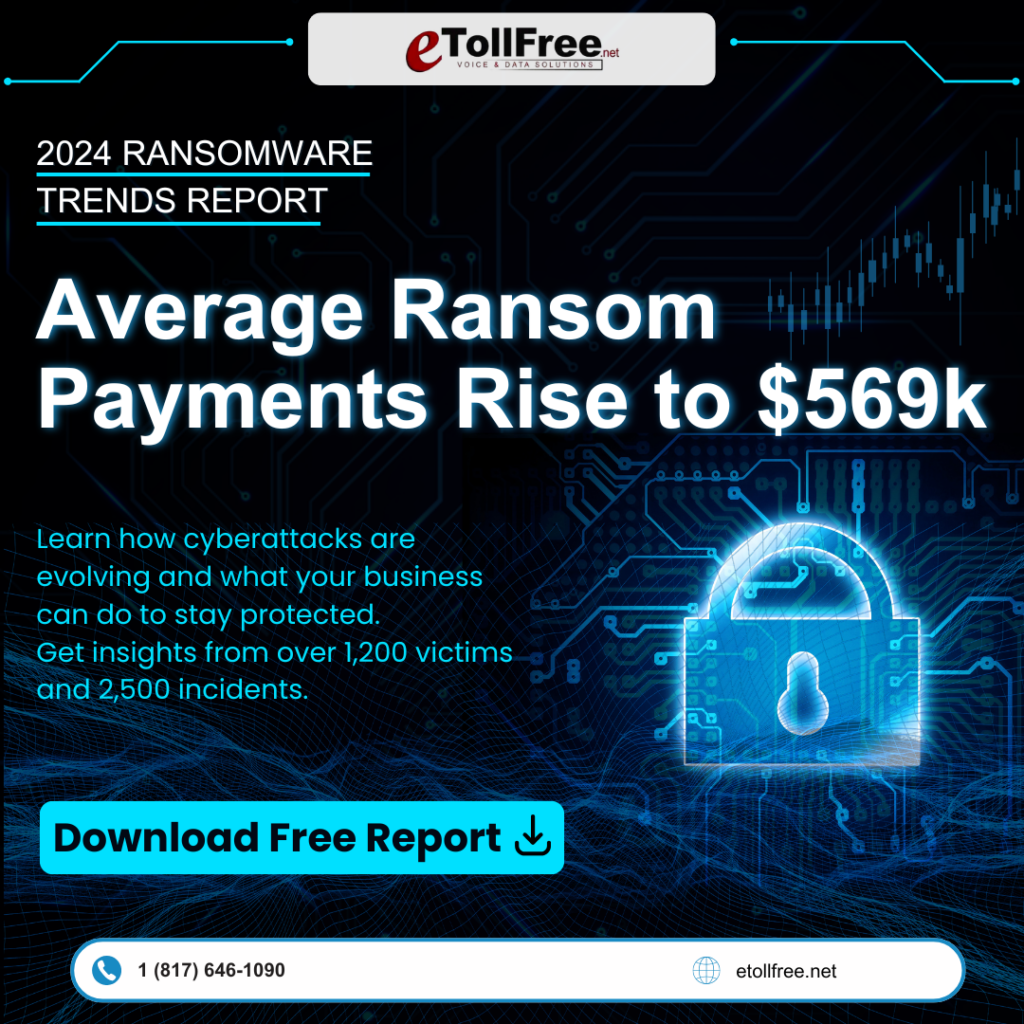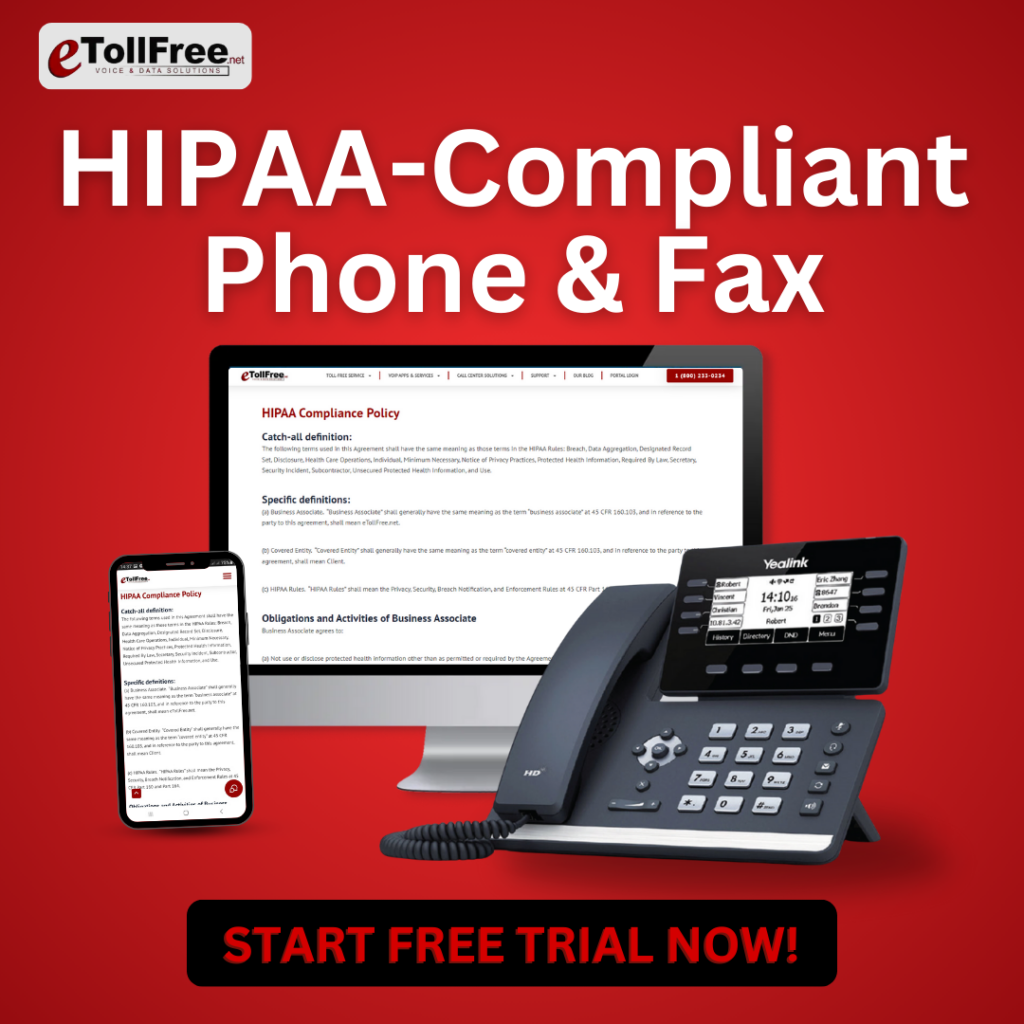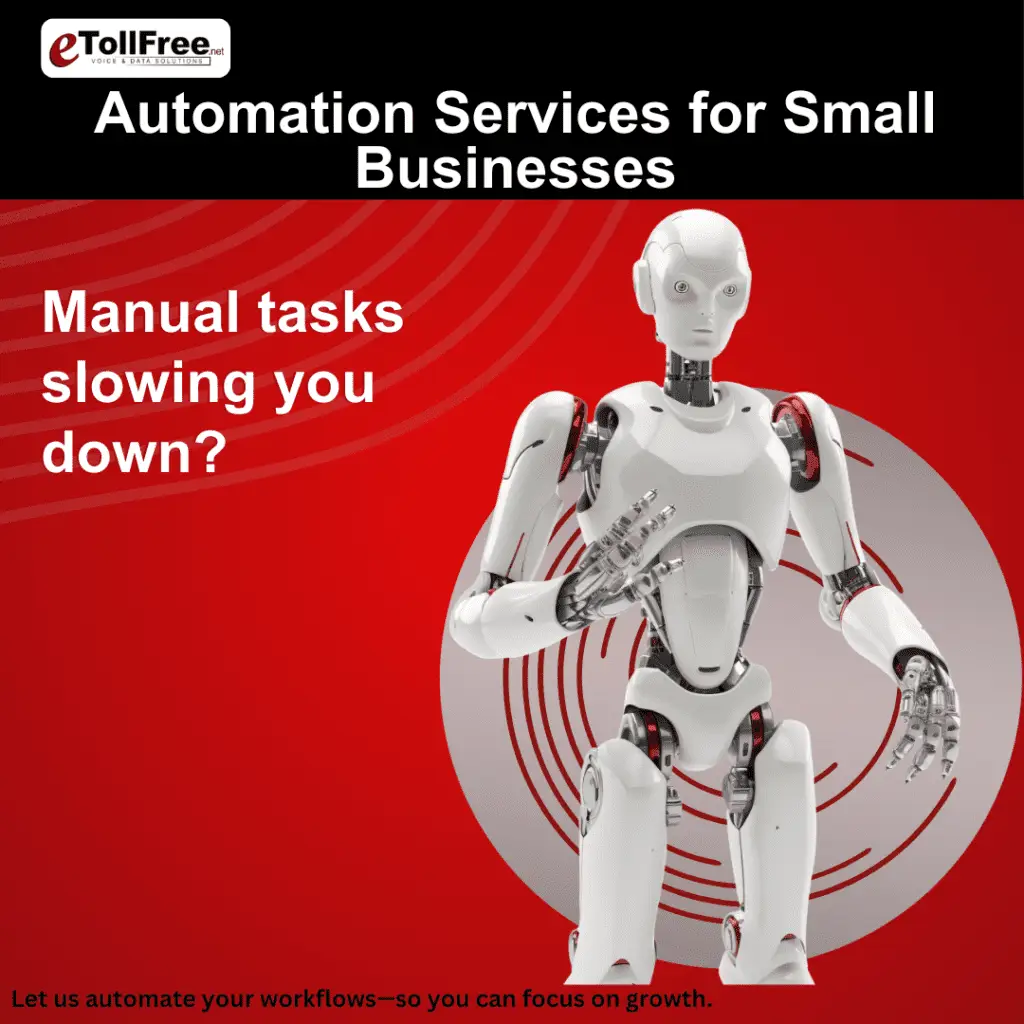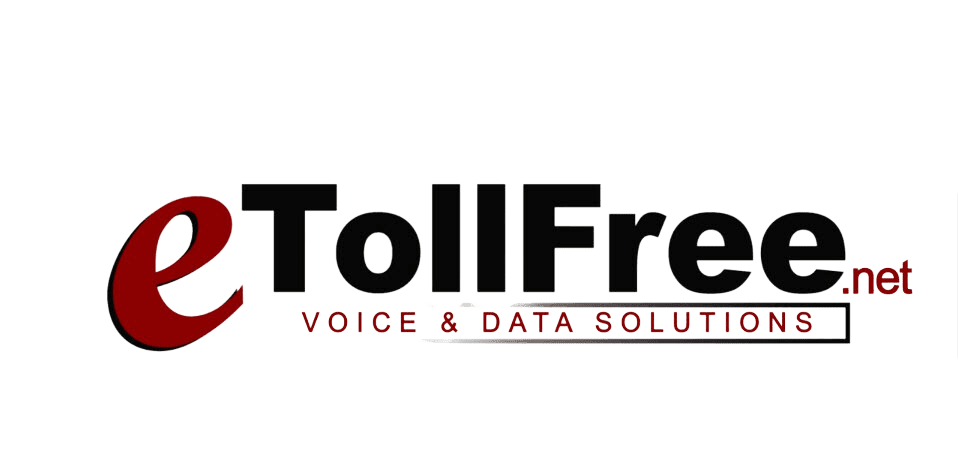Understanding OWASP’s Top 10 List of Non-Human Identity (NHI) Critical Risks
In today’s digital landscape, managing non-human identities (NHIs) is a pivotal challenge for organizations worldwide. According to recent analyses, NHIs outnumber human identities by an estimated 10 to 50 times, underscoring the necessity of protecting these credentials diligently. This article explores the critical risks associated with NHIs, as identified by the OWASP Top 10 list, offering actionable insights for small business owners to effectively mitigate these risks.
The Importance of Non-Human Identities
Non-human identities play a vital role in modern IT ecosystems, facilitating seamless communication between applications, services, and automated processes. However, as highlighted in the Verizon Data Breach Investigations Report, credentials remain the leading attack vector in security breaches, making secure NHI management imperative.
1. Improper Offboarding
Risk Explanation
Applications or services may retain active accounts that are no longer needed, posing security risks.
Mitigations
- Implement a standardized offboarding process.
- Automate offboarding tasks where feasible.
- Regularly audit active NHIs for timely credential revocation.
2. Secret Leakage
Risk Explanation
Exposing API keys, tokens, or encryption keys can result in severe security breaches.
Mitigations
- Employ ephemeral credentials and secret management tools.
- Automate the detection and rotation of secrets.
- Scan repositories regularly for exposed secrets.
3. Vulnerable Third-Party NHI
Risk Explanation
Third-party applications with broad access can introduce vulnerabilities.
Mitigations
- Vet and limit third-party integrations.
- Use ephemeral credentials and monitor behavior regularly.
4. Insecure Authentication
Risk Explanation
Outdated authentication methods can lead to successful breaches.
Mitigations
- Adopt modern authentication standards like OAuth 2.1 and OIDC.
- Regularly update and audit authentication methods.
5. Overprivileged NHI
Risk Explanation
Excessive permissions can cause substantial damage in the event of a breach.
Mitigations
- Enforce the principle of least privilege.
- Conduct regular audits to adjust permissions accordingly.
6. Insecure Cloud Deployment Configurations
Risk Explanation
Misconfigurations in cloud environments can create vulnerabilities.
Mitigations
- Utilize OIDC for secure authentication.
- Shift from static to dynamically generated tokens.
Related Topic: Securing Cloud Environments for Small Businesses
7. Long-Lived Secrets
Risk Explanation
Secrets lacking expiration dates pose enticing targets for attackers.
Mitigations
- Activate automated key rotation.
- Enforce zero-trust principles with short-lived credentials.
8. Lack of Environment Isolation
Risk Explanation
Poor isolation may allow compromises to spread across environments.
Mitigations
- Isolate NHIs by environment.
- Apply access controls specific to each environment.
9. Reusing NHIs
Risk Explanation
Reusing credentials increases susceptibility to exploitation.
Mitigations
- Assign unique NHIs to each application or service.
- Conduct frequent audits of NHI assignments.
10. Human Use of NHI
Risk Explanation
Humans manually using NHIs can obscure malicious activities.
Mitigations
- Use dedicated identities for manual tasks.
- Educate staff on the risks and monitor NHI activity thoroughly.
By understanding and tackling these ten critical risks, small business owners can greatly improve the security of their digital ecosystems. Applying best practices for NHI management ensures robust cybersecurity measures, shielding businesses from potential threats.
For additional resources and a deeper understanding, exploring the official OWASP page is highly recommended. Subscribing to cybersecurity newsletters can also keep you informed about the latest insights and best practices.
Related Topic: Cybersecurity Strategies for Small Businesses










